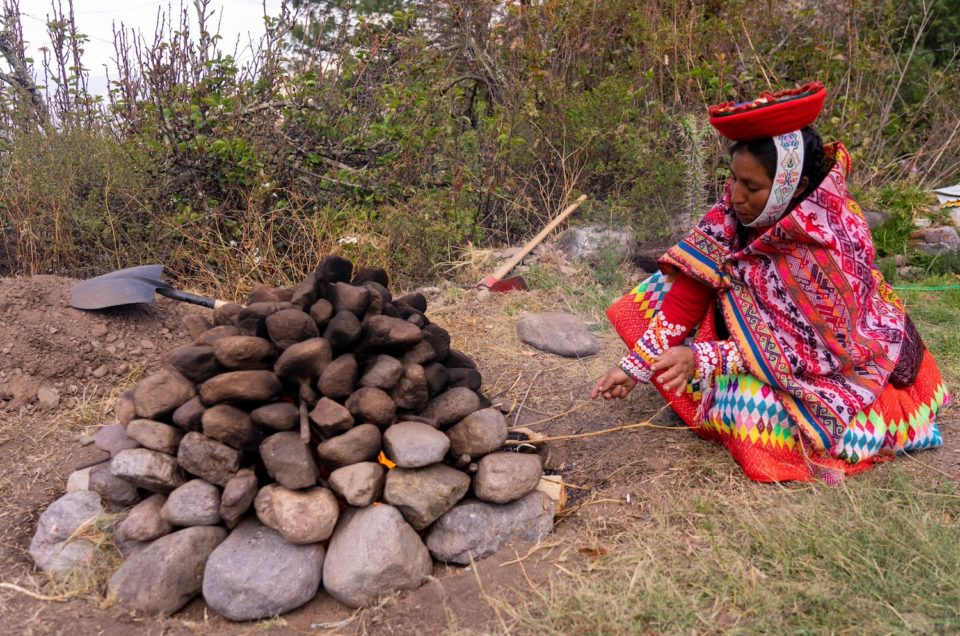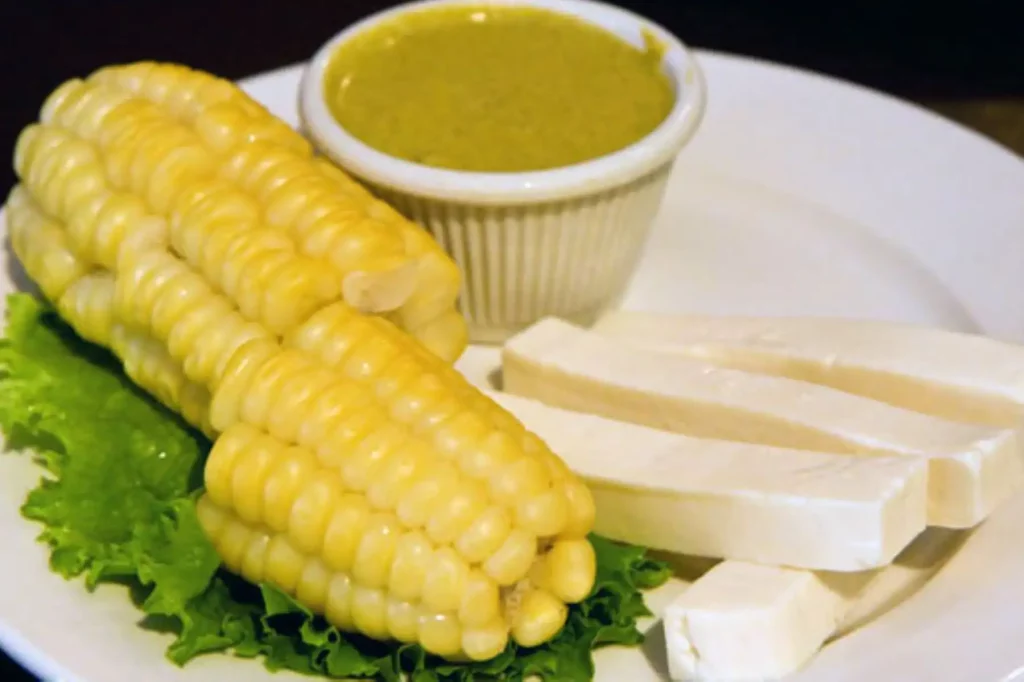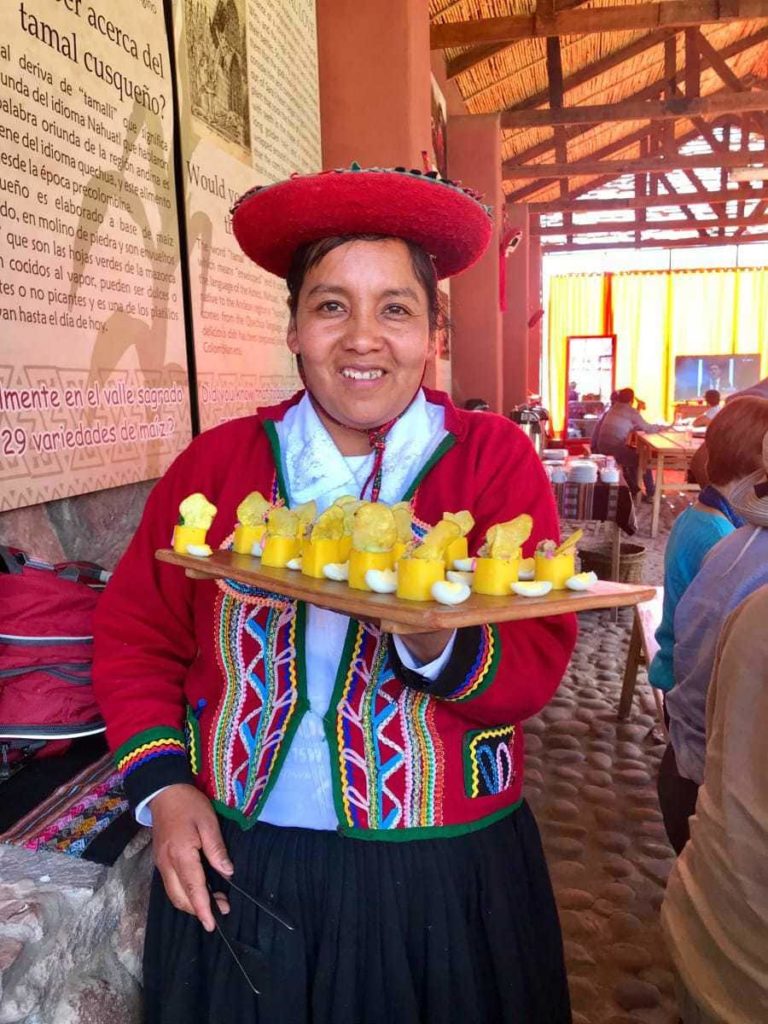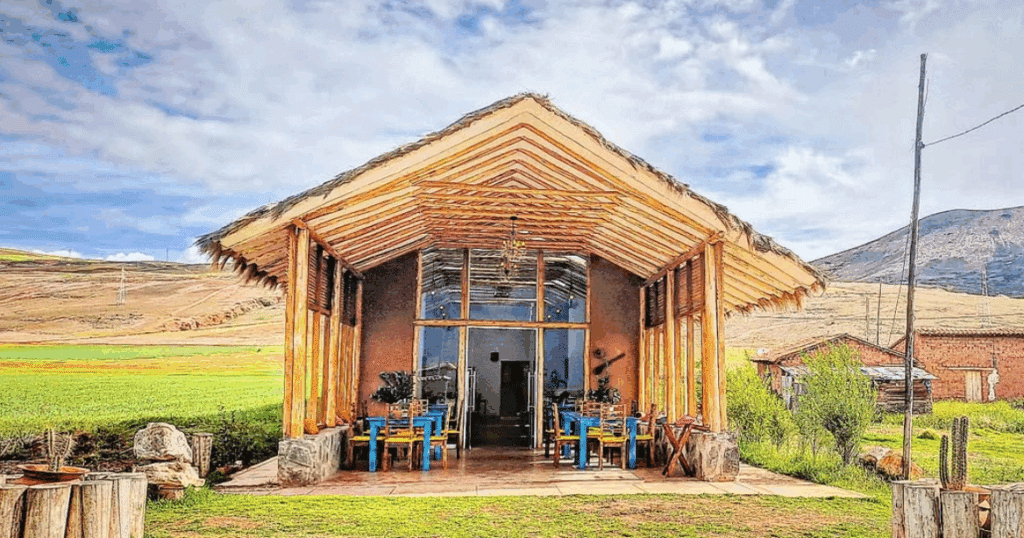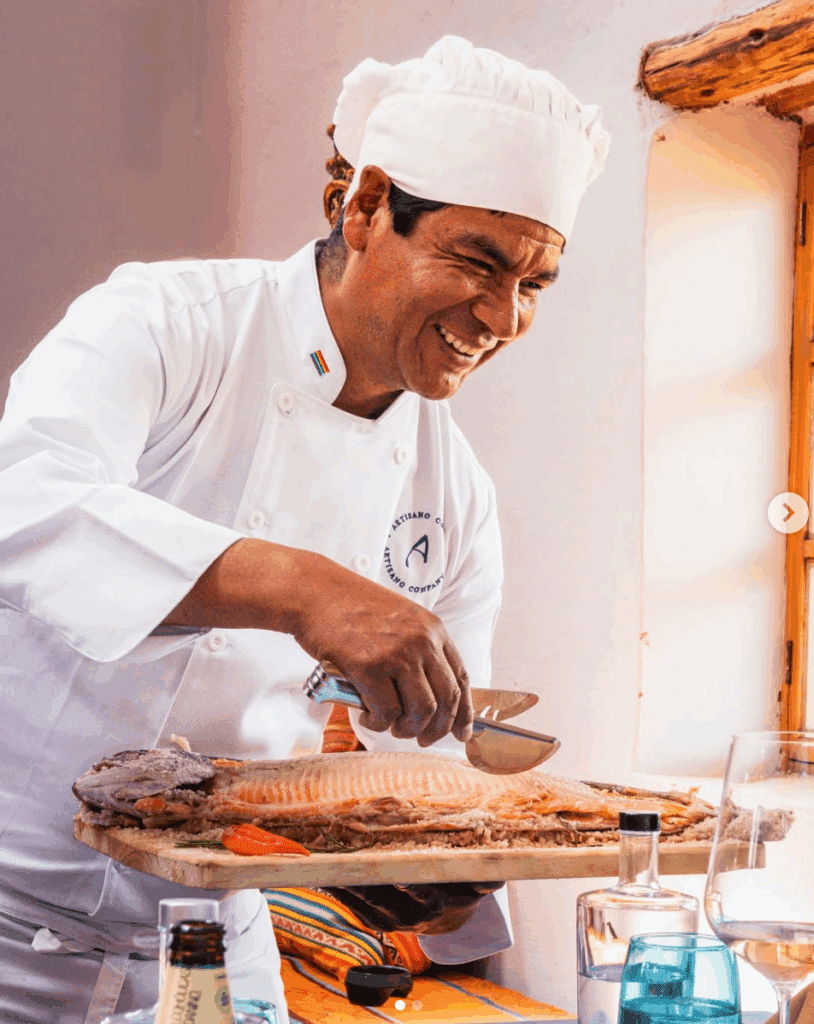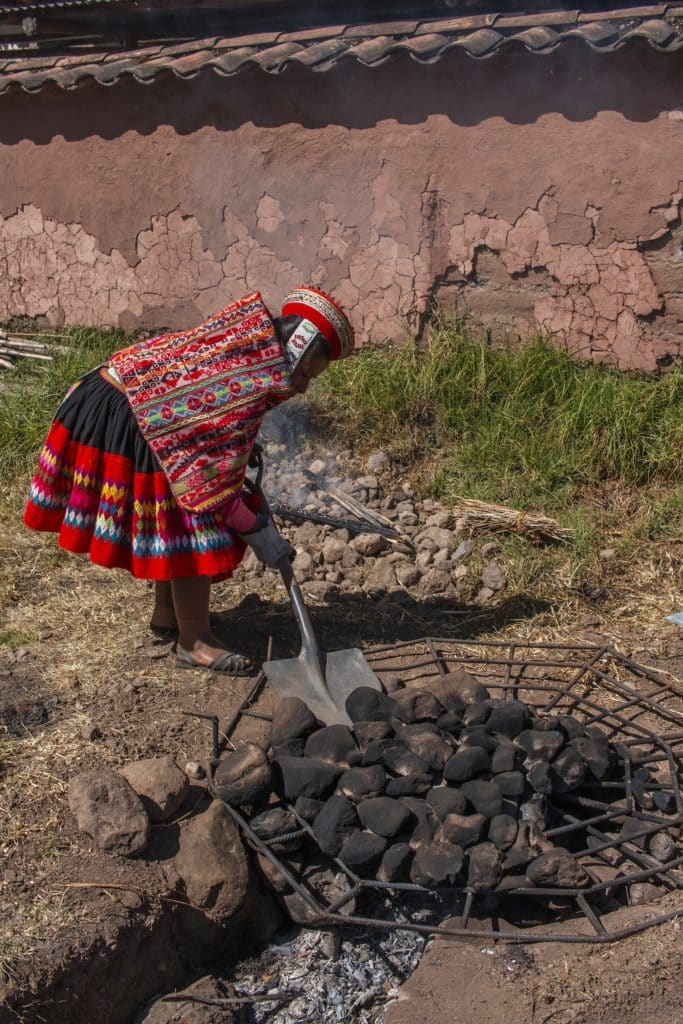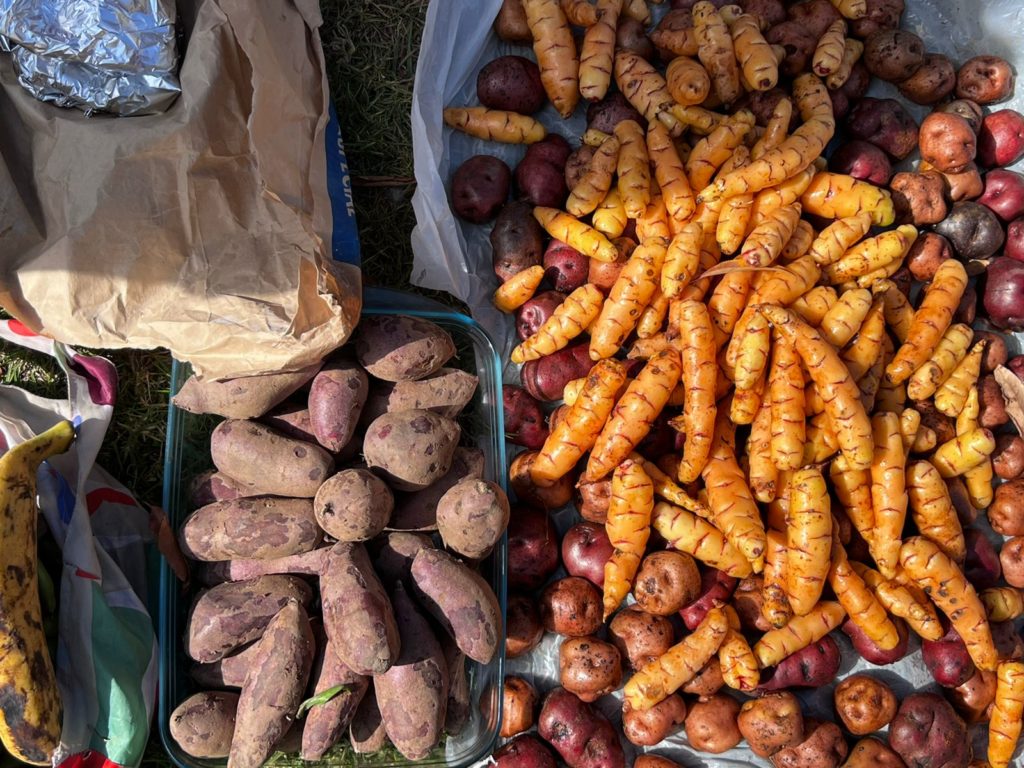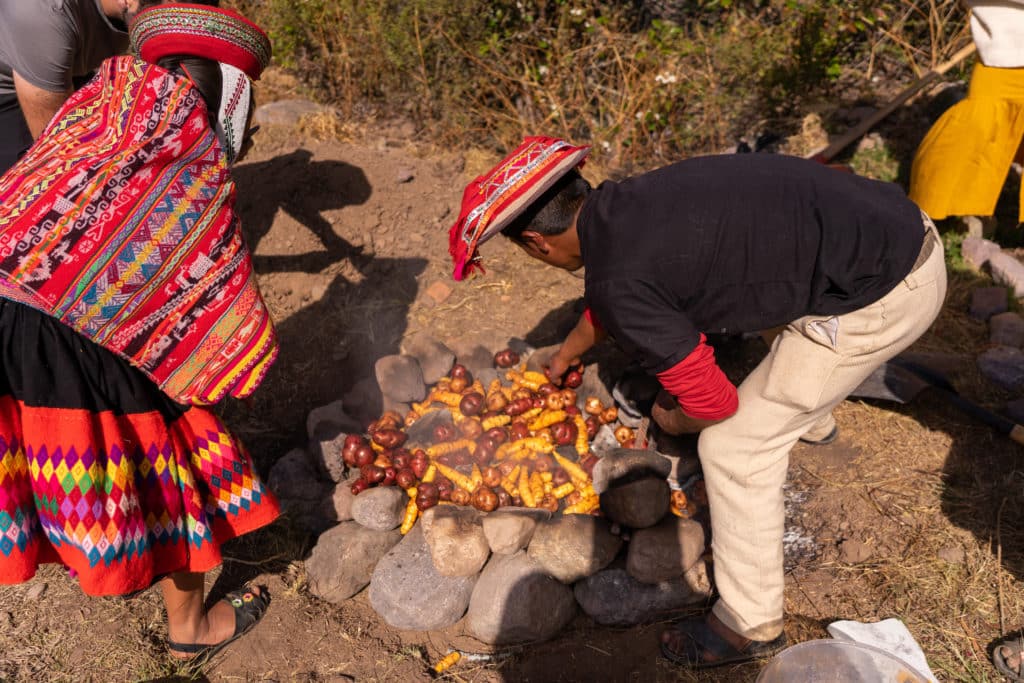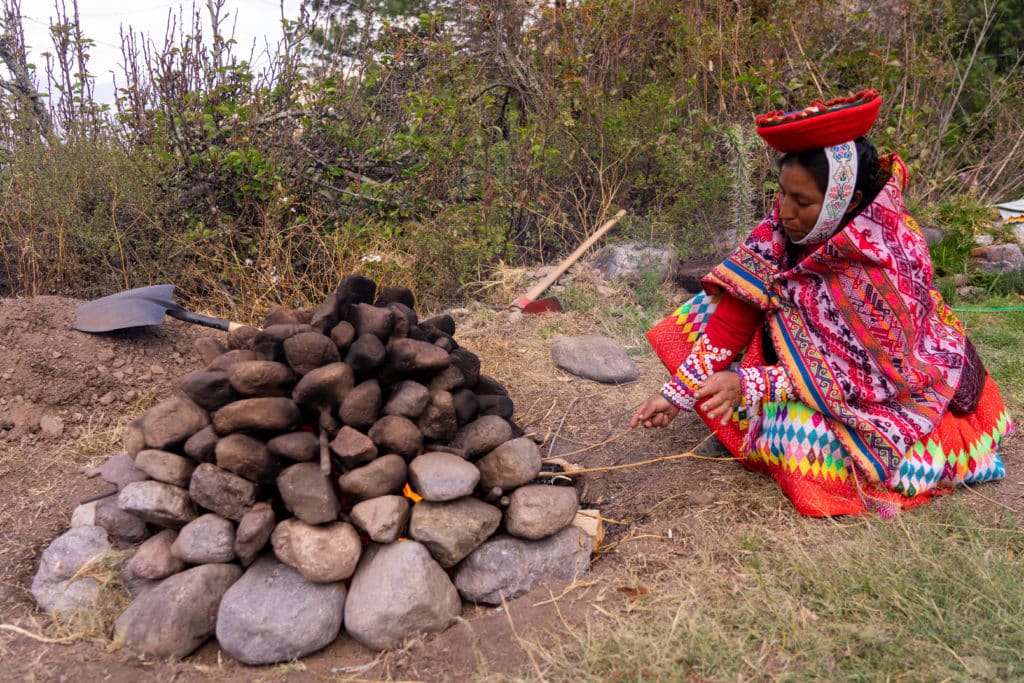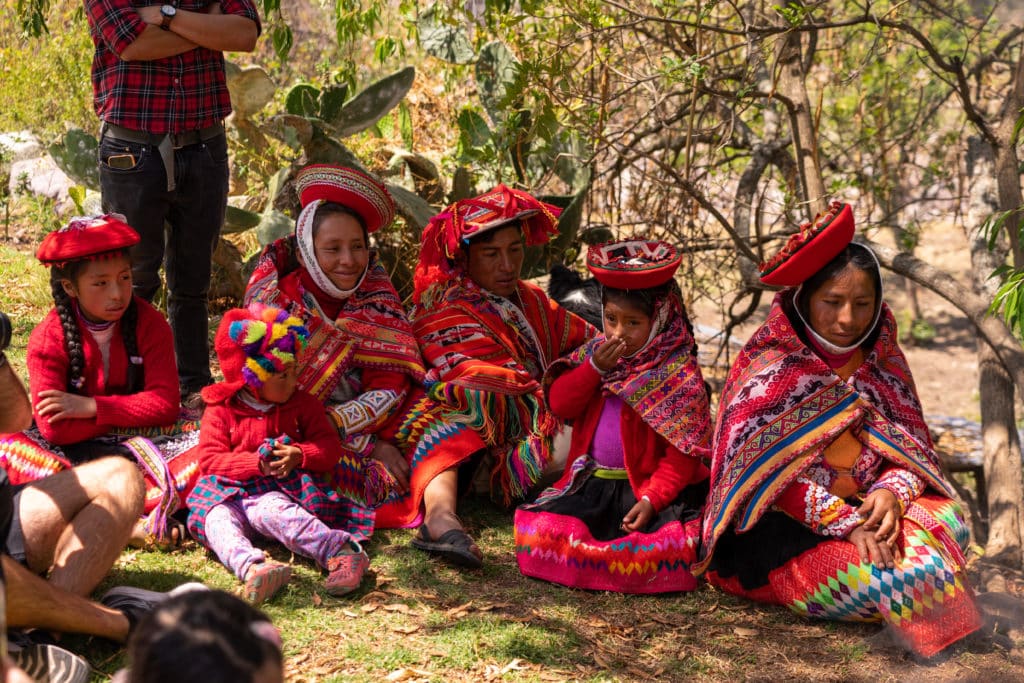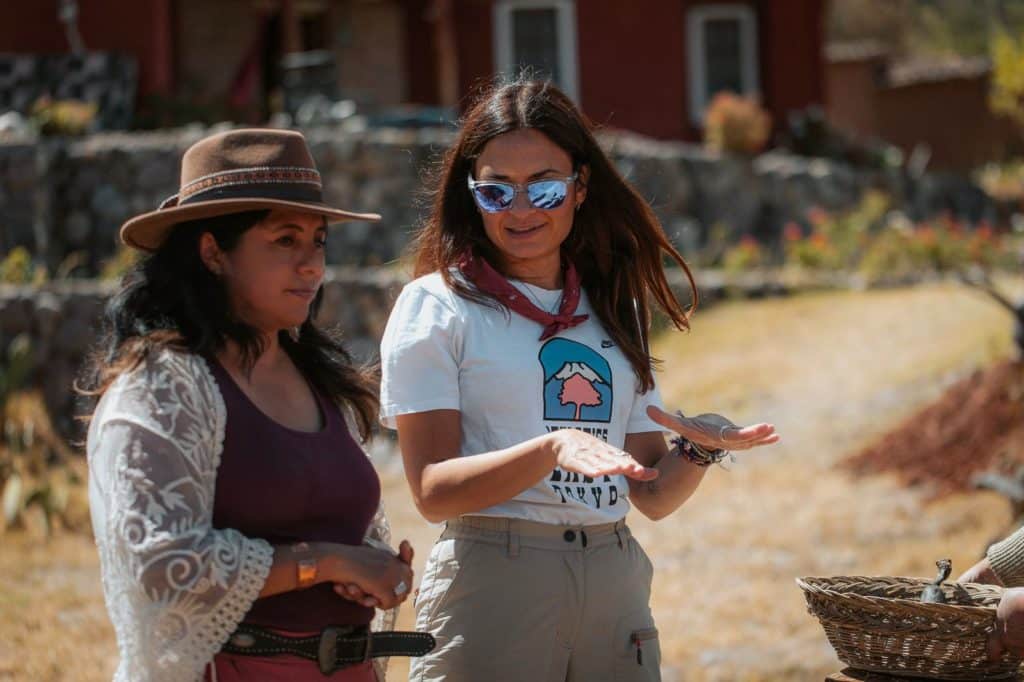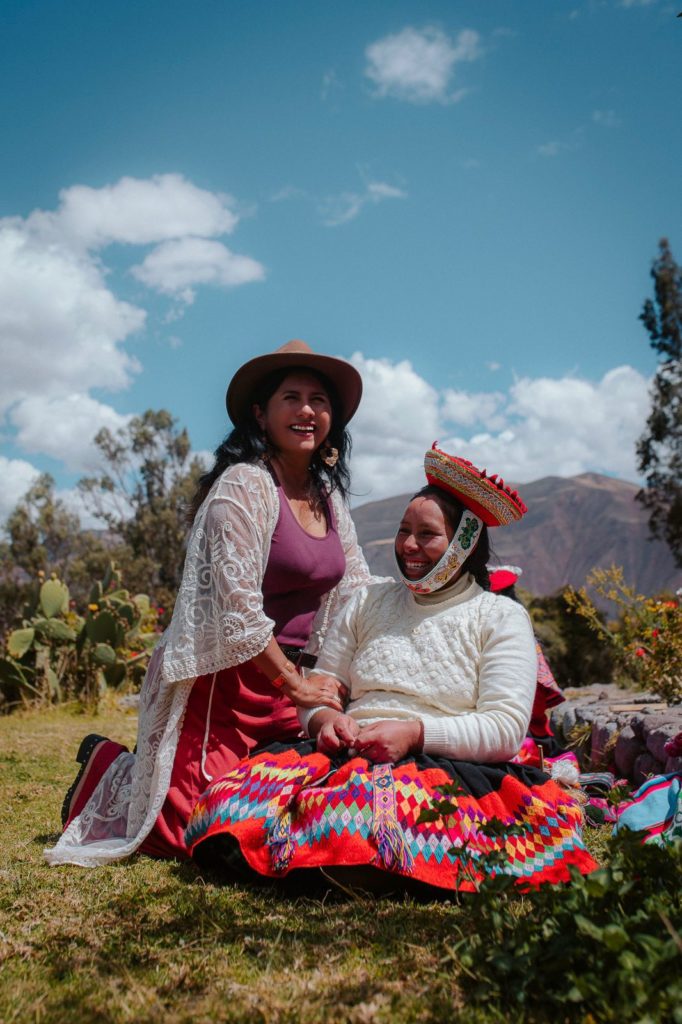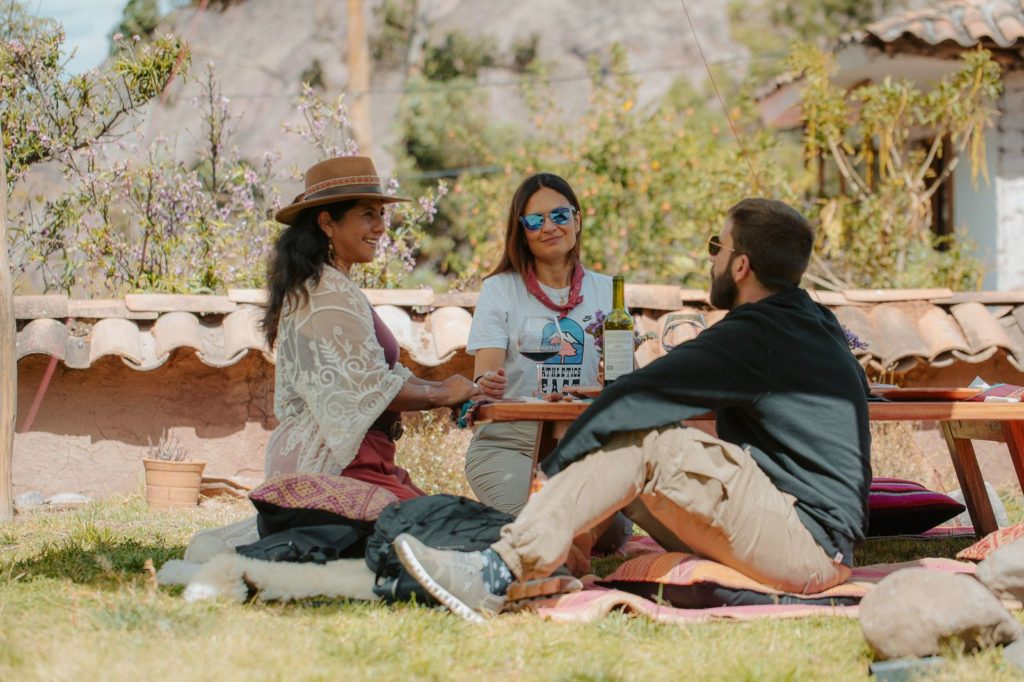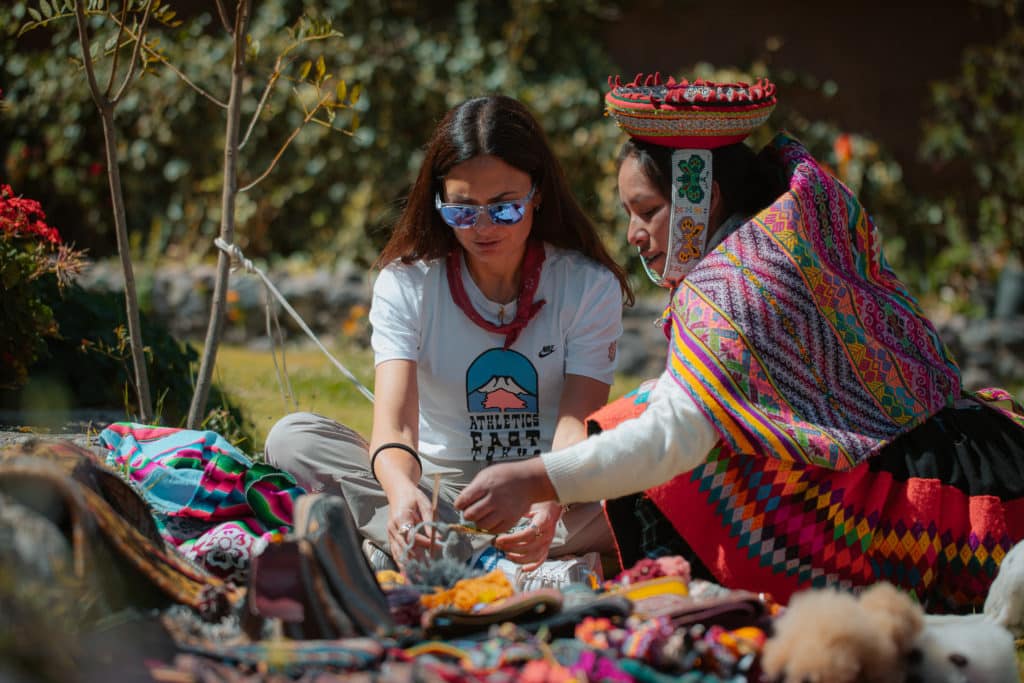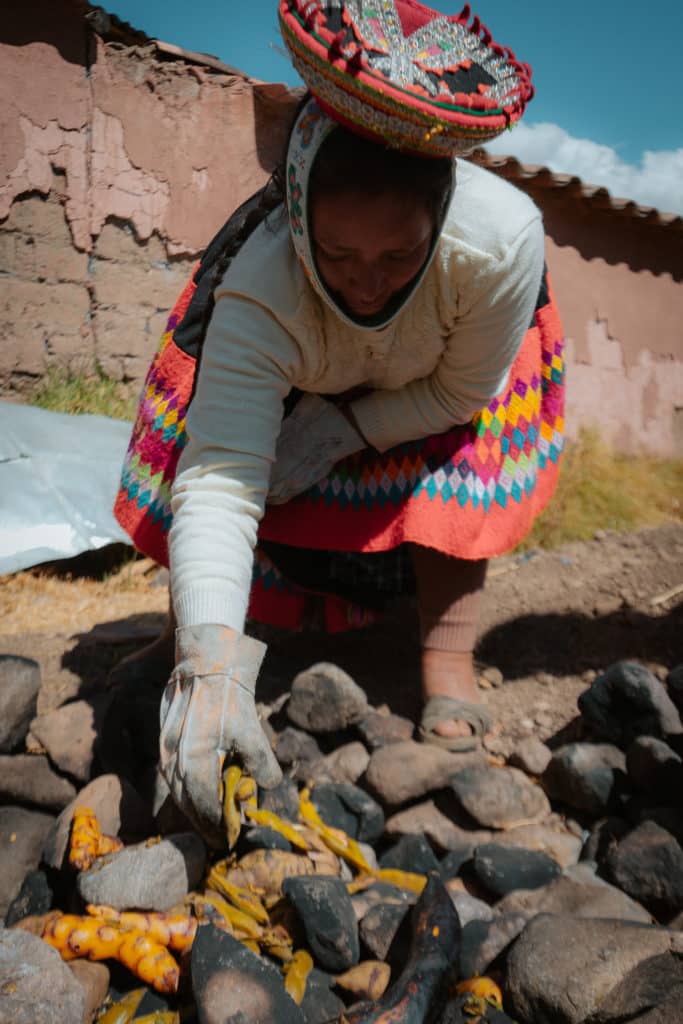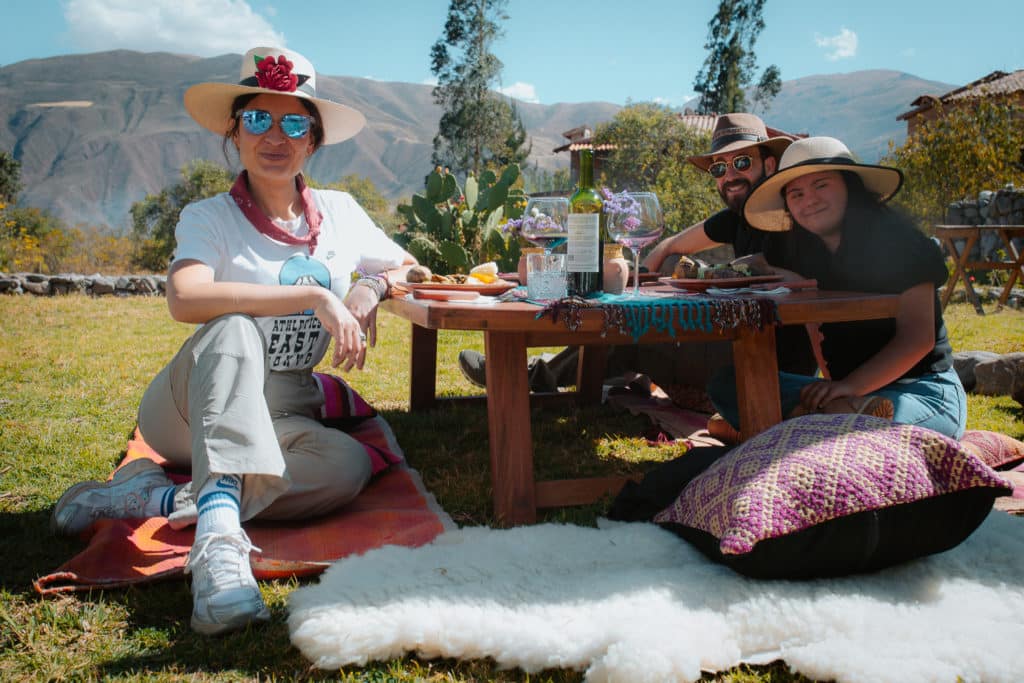Beyond the Ruins, Into the Kitchen
Most people land in Cusco chasing ancient stones and the glory of Machu Picchu. And fair enough—those ruins are extraordinary. But here’s the secret: the real heart of Cusco is not only built in stone, it’s simmering in clay pots, roasting on wood fires, and steaming in earth ovens.
This is the Cusco Culinary Experience—a journey where every bite tells a story, where the flavors of the Sacred Valley are as unforgettable as its mountains. If Machu Picchu feeds your sense of wonder, the food here feeds your soul.
The Sacred Valley as a Dining Table
The Sacred Valley isn’t just geography; it’s a giant dining table. Fields of maize, terraces of potatoes, rivers with trout, kitchens filled with wood smoke—this valley is the pantry of the Andes. The Cusco Culinary Experience is about sitting at that table, tasting centuries of tradition, and realizing that food here is not a trend—it’s survival and celebration.
Pisaq – The Empanada Wake-Up Call
Start in Pisaq, where adobe ovens still burn hot. Women pull golden empanadas straight from the flames, filled with cheese and local herbs. Take one, still steaming in your hand, and you’ll understand why the Cusco Culinary Experience begins here. This isn’t a snack—it’s a smoky, buttery welcome into the valley. Pair it with a glass of chicha morada, and you’re ready to keep exploring.
The Roadside Snack – Choclo con Queso
No Sacred Valley trip is complete without choclo con queso. Big, ivory-colored kernels of corn, served steaming with a slice of salty Andean cheese. Vendors wave you down on the roadside, offering the simplest, most honest food you’ll taste. In its simplicity lies its power: this is the kind of snack that has fed farmers, travelers, and warriors for centuries. It’s a cornerstone of the Cusco Culinary Experience.
Lamay – Cuy and Community Flavor
Lamay is famous for cuy—yes, guinea pig. Rows of stalls line the road, roasting them over open fires, skin crispy, meat tender. For the adventurous, it’s a rite of passage in the Cusco Culinary Experience.
But Lamay is not just cuy. Nearby, you’ll find Parwa Restaurant, a community-run project where locals cook trout, quinoa soup, and fresh vegetables. Every meal here supports development in the village. It’s proof that food is not only sustenance but empowerment.
Mismimay – Above Moray, A Community Project with Heart
Just above the circular terraces of Moray lies the community of Mismimay, a place as authentic as it is welcoming. Life here still flows in Quechua, with families working the land much as their ancestors did.
What makes Mismimay shine is its community tourism project. Instead of waiting for travelers to pass by, the locals have organized themselves to share their culture in their own way. Visitors are welcomed into a warm, family-style environment where hospitality feels effortless.
As part of the Cusco Culinary Experience, you’ll sit down to a lunch prepared with ingredients from their fields: a nourishing quinoa soup, freshly dug Andean potatoes, and a tender chicken stew. There are no menus or staged shows—just genuine food, shared with genuine people.
After the meal, you have the chance to walk up to the Moray viewpoint, where the Inca terraces unfold below in their perfect circles. The combination is magical: landscapes carved by history, flavors grown in the same soil, and the kindness of a community proud to open its doors.
This is what makes Mismimay unforgettable—it’s not just about eating, but about being part of a living project that sustains families and keeps Andean traditions alive.
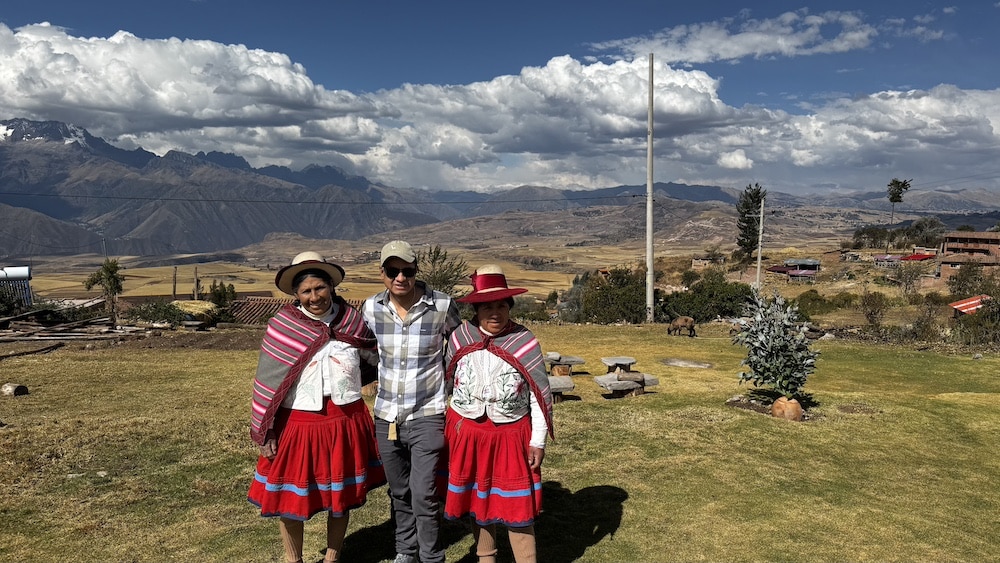
UNU in Tiobamba – Where Salt Meets the River
On the road between Maras and Moray, in the quiet village of Tiobamba, sits UNU, a restaurant that brings together the essence of the Sacred Valley. Their signature dish? Trout with a crust of Maras salt.
The fish is delicate, the salt ancient, and the setting rustic yet refined. Dining at UNU is another highlight of the Cusco Culinary Experience, because here the land literally seasons your food.
The Pachamanca Experience – A Sacred Feast
Finally, the crown jewel of the Cusco Culinary Experience: the Pachamanca. Stones are heated in an earthen pit, meat and vegetables layered with herbs, covered with leaves and earth, left to cook slowly.
When the mound is opened, steam rises with the smell of history. Lamb, pork, chicken, potatoes, corn, and fava beans—all cooked by the earth itself. This isn’t just food. It’s ceremony, gratitude, and connection to Pachamama.
At Casa Alhaya , the Pachamanca is intimate: no crowds, just the fire, the stones, the food, and the mountains. It’s the perfect conclusion to the Cusco Culinary Experience.
Practical Info – Adding Culinary Stops to Your Tour
The best part? Any of these food experiences—whether it’s tasting empanadas in Pisaq, sharing lunch in Mismimay, dining at UNU in Tiobamba, or joining a Pachamanca feast—can be seamlessly added to your Sacred Valley itinerary.
At PIE Experiences, we design tours that go beyond sightseeing. You don’t just see the Sacred Valley—you taste it, share meals with locals, and leave with memories you can’t get from a guidebook.
FAQs: Cusco Culinary Experience
1) What is the Cusco Culinary Experience?
It’s a curated journey through the Sacred Valley’s foods: Pisaq empanadas, choclo con queso, cuy in Lamay, a community lunch in Mismimay, trout with Maras salt at UNU in Tiobamba, refined Urubamba dining, and a Pachamanca feast.
2) Do I need to book Pachamanca, Mismimay, or UNU in advance?
Yes—reserve at least 48–72 hours ahead.
3) How long does a Pachamanca take?
About 2.5–3 hours, including heating stones and the ceremonial unearthing.
4) Is it kid-friendly?
Absolutely. Children love the Pachamanca reveal and the Moray walk.
5) Can I skip cuy?
Of course. Trout, alpaca, or vegetarian options are equally part of the Cusco Culinary Experience.
6) What’s the best season?
Dry season (Jun–Sep) for ease and festivals; rainy season (Dec–Mar) for lush produce.
7) Is street food safe?
Yes, if it’s fresh, hot, and from busy stalls.
8) How far is Mismimay from Moray?
Mismimay sits just above Moray; after lunch, you can walk to the viewpoint in about 40 minutes.
9) What’s the signature dish at UNU?
Their trout with a Maras salt crust—a must in the Sacred Valley.
10) What should I bring?
Layers, sunblock, rain jacket (Dec–Mar), cash in soles, and a big appetite.
Take a Bite, Take a Memory
At the end of the day, the Cusco Culinary Experience is not about checking boxes—it’s about flavors that stay with you long after you’ve left. The wood smoke of Pisaq, the salty bite of choclo, the laughter in Mismimay, the trout at UNU, the refinement of Urubamba, and the steam of Pachamanca rising from the earth.
Because Machu Picchu will awe you. But food? Food will change you. And with PIE Experiences, you can weave the Cusco Culinary Experience into your Sacred Valley tour—making your journey not only unforgettable but also delicious.


